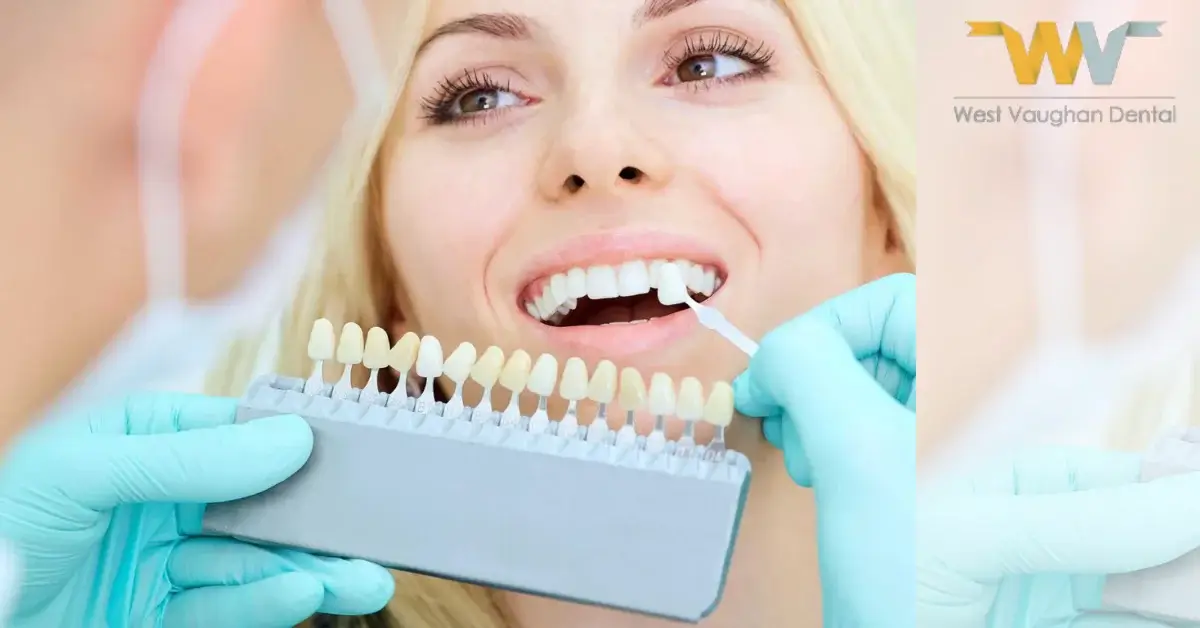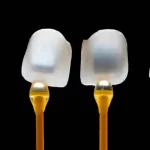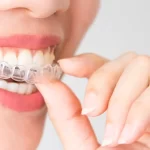Veneers are a fantastic choice to consider when it comes to changing the appearance of your teeth. Veneers are thin shells that cover the front of your teeth to improve their appearance. Dentists can use them to treat a wide range of dental problems, including discoloration, chipping, and uneven spacing. Resin veneers and porcelain patient can use whichever they are comfortable with.
Veneers are classified into two types: resin veneers and porcelain veneers. Although both types of veneers can produce outstanding results, there are some significant differences between them. In this blog post, we’ll compare both of the veneers to help you decide which type of veneer is right for you.
Resin Veneers vs Porcelain
Veneers made of resin
Resin veneers, also known as composite veneers, are tooth-colored resin veneers that are put directly to the surface of your teeth. This material is sculpted and polished to appear natural and aesthetically pleasant. One can note that resin veneers are less expensive than porcelain veneers and the dentist can finish them in only one visit.
One significant advantage of resin veneers is that they require minimal tooth preparation before placement. This means that your dentist can save more of your natural tooth structure, which can assist to keep your teeth healthy and strong over time.
Resin veneers, on the other hand, are less durable than porcelain veneers and are more prone to chipping and staining. They also do not have the same level of translucency as porcelain veneers, so they may not appear as natural.
Veneers made of porcelain
Dentists create porcelain veneers by crafting a custom-made thin porcelain shell that fits over your teeth. This type of veneer is more expensive than resin veneers and usually requires two visits to your dentist.
Porcelain veneers are more resistant to chipping and staining than resin veneers. Resin veneers also provide a highly natural appearance due to their translucency and the capacity to adjust them to match the color and shape of your natural teeth.
Dentists may remove a small amount of tooth structure to make space for the veneer. Even though this is a minimally invasive technique, some discomfort and sensitivity may occur.
On the other hand, dentists need to prepare the tooth more extensively before placing porcelain veneers. Dentists may remove a small amount of tooth structure to make space for the veneer. Even though this is a minimally invasive technique, some discomfort and sensitivity may occur.
Conclusion
Resin veneers and porcelain veneers are both good solutions for improving the appearance of your teeth. Resin veneers are a less expensive option that requires less tooth preparation, but they are not as lasting and may not seem as natural. Porcelain veneers are more expensive and take more preparation, but they last longer and seem more natural.
Finally, the decision between resin veneers and porcelain veneers will be determined by your personal demands and preferences, as well as your budget. Contact your dentist to choose the best sort of veneer for you. To know more visit https://westvaughandental.ca/ or call us at (905)-893-3368.





